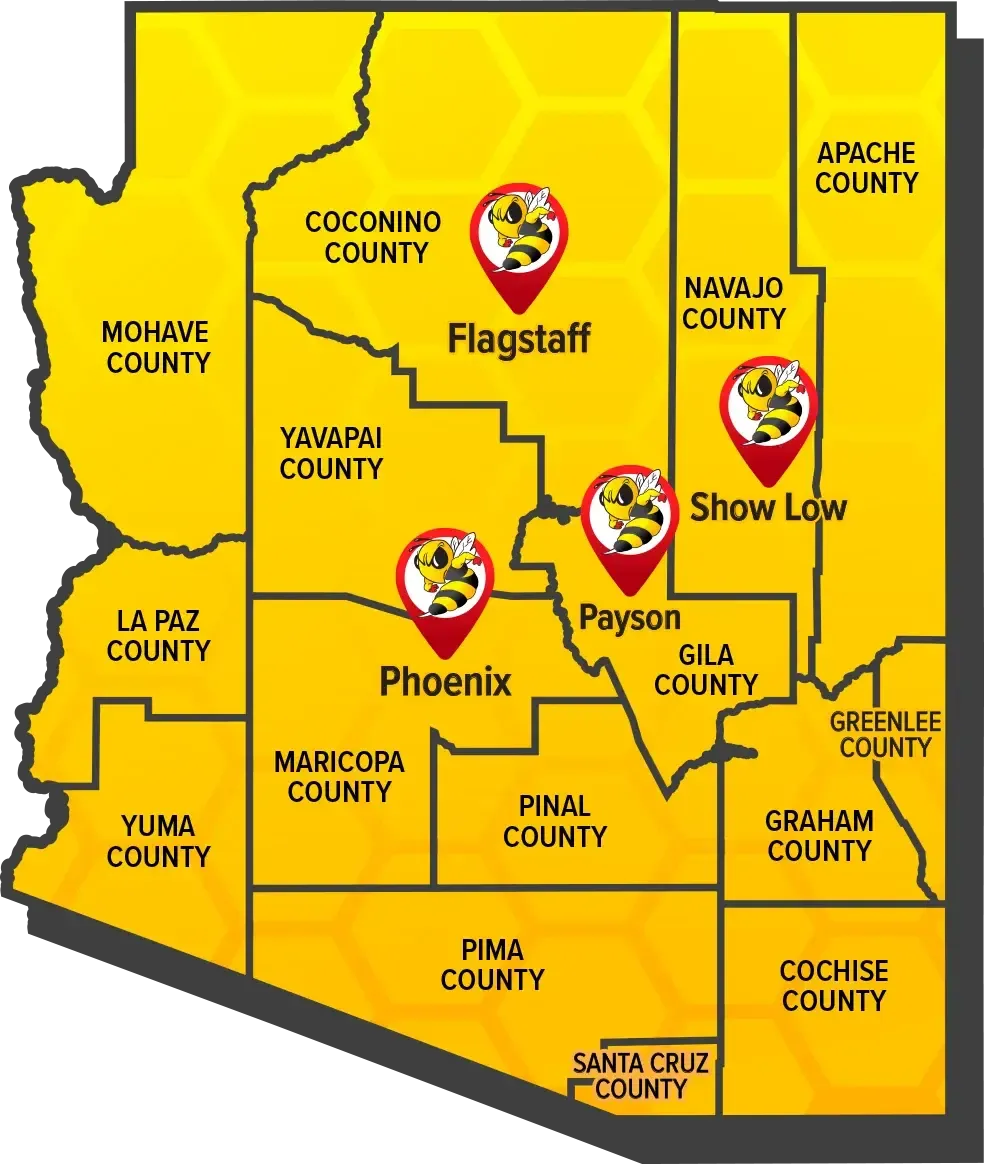Bird Removal Service in Phoenix, AZ
- Wire Installation
- Permanent Exclusion
- Nest Removal
- Solar Panel Bird Protection
- Power washing of Roof’s & Walkways
- Spiking
- Visual Deterrents
- Bird Waste Removal
- Disinfecting
- Bird Netting
- Pigeon Trapping
- A.C. Exclusion
- Bird Gel Deterrent
The beauty and grace of birds can fade quickly once your property becomes an area they decide to populate. Facts are that birds carry a variety of viruses and diseases, poop incessantly, and can be noisy. They can also destroy your property.
Common Nuisance Birds Arizona Residents May Encounter
Some common nuisance birds Arizona residents may encounter may include:
Health Threats
Various viruses and diseases are transmitted to humans through emanations from feces. Among the more serious of these are:
- West Nile Virus
- Avian Flu
- Salmonella
- Tuberculosis
- Meningitis
- Encephalitis
Property Destruction
Bird feces accumulate everywhere they roost roofs, fences, patios, outdoor furniture, and fixtures – no place is safe. In addition to being disgusting, bird feces will ruin every surface on which it accumulates because of the acidic content.
If an intrusive bird population is presenting you with a problem the challenge is to solve it by humanely removing the birds.
However, easier said than done.
Traditional Remedies: Shooing them away, artificial deterrents, noise, and shotguns do not do the trick. Birds are smart and territorial. They pay attention to their environment, know what is going on around them, and are difficult to deter.
Atomic’s Remedies
We firmly believe that birds are an essential part of our ecosystem and should be protected. Our remedies stress their safe and humane treatment, but the annoying bird population must be removed, or the situation will only become worse.
Your bird problem will be assessed by an expert team from our Bird Division, then a plan will be implemented to remove the population and residual bacterium that includes:
- Elimination of nesting areas
- Blocking access to perching areas to discourage nesting
- Power washing the structure and all surrounding areas with an environmentally safe antibacterial sanitizing solution to minimize health issues
This solution will not work overnight because the birds are being waned off of a habit. But in relatively short order but they will leave your property for an area more conducive to their needs. GUARANTEED.
If you have had it with birds, their health risks, and disgusting feces destroying your property, call the experts at our Bird Division to have them professionally removed.
Areas We Service Near Phoenix
If you're looking for bird removal services and you're not in Phoenix, look no further! Atomic Pest Control offers protection from various birds and we'll help you get rid of them! Check out where we service:








